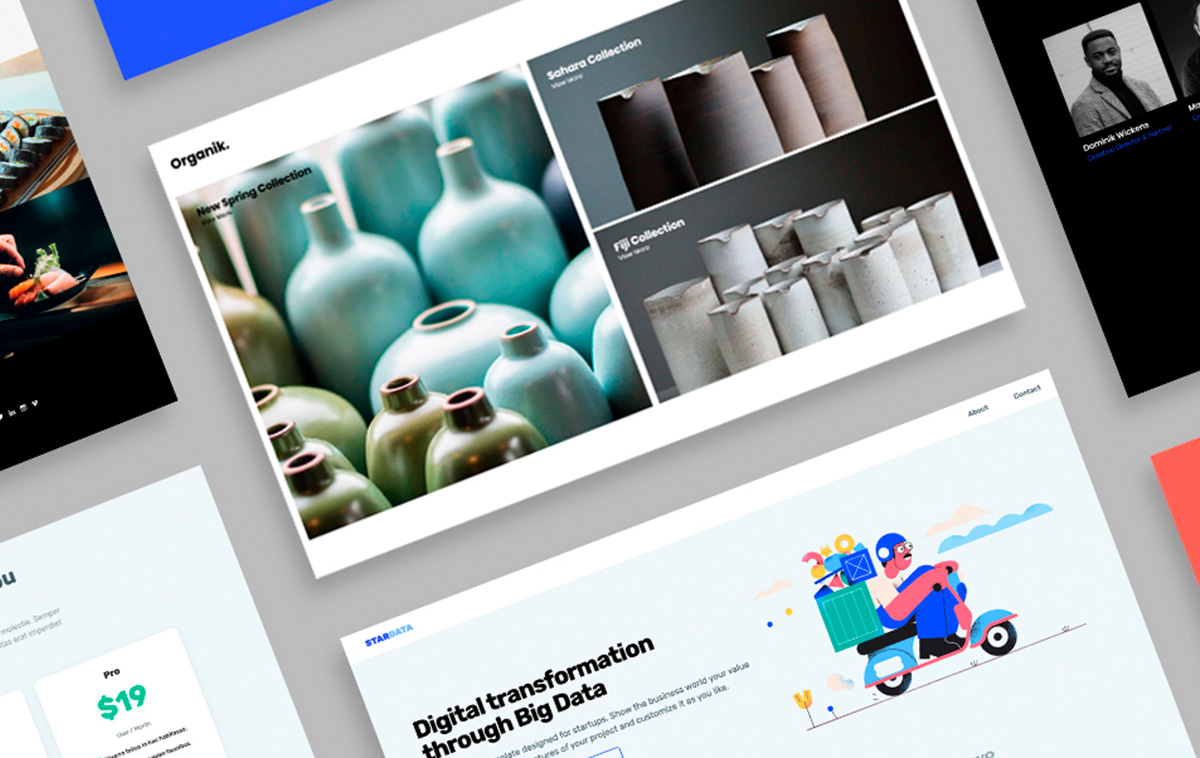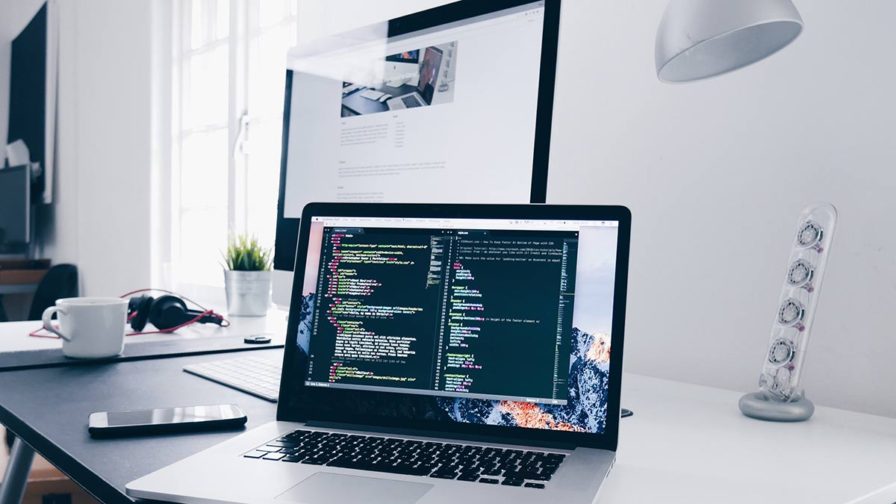The Most Effective Kinds Of Web Style to Enhance Individual Experience and Engagement
In the ever-evolving landscape of digital interaction, the efficiency of website design substantially influences user experience and engagement. Numerous layout strategies, such as minimal, responsive, and interactive formats, each deal distinct advantages that can deal with diverse individual requirements. Comprehending which kinds of Web style ideal serve these objectives can be crucial for organizations intending to improve consumer complete satisfaction and retention. However, the concern remains: which style elements truly reverberate with individuals and foster meaningful involvement? The expedition of these principles reveals essential understandings that may redefine your technique to Web layout.
Minimal Website Design
As digital landscapes end up being progressively messy, minimalist Web design has emerged as an effective strategy to improving customer experience. This layout approach focuses on simplicity, concentrating on important components while removing unnecessary distractions. By making use of enough white space, straightforward navigation, and a minimal shade combination, minimalist style promotes clearness and directs customer interest to essential material.
The core principle of minimalist Web style is to create a seamless interaction for users. By reducing cognitive lots, individuals can swiftly grasp information without feeling bewildered. This direct approach not just enhances use yet likewise encourages involvement, as visitors are more likely to explore a website that is very easy and visually enticing to browse.
Furthermore, minimal design typically stresses typography and imagery, using these components strategically to communicate messages properly. In essence, minimal Web layout is not just a pattern; it is a thoughtful methodology that acknowledges the relevance of user-centered design.
Responsive Website Design
In today's varied electronic environment, responsive Web style has actually come to be important for producing a seamless customer experience throughout a plethora of devices. As users access sites on mobile phones, tablets, laptops, and desktop computers, the ability of an internet site to adjust its layout and content to various display sizes and resolutions is vital.
Receptive website design uses adaptable grids, photos, and CSS media inquiries to make certain that Web material is provided efficiently, despite the tool made use of. This strategy not just improves the visual appeal of a site but also dramatically boosts use. Individuals are much more likely to involve with a site that supplies a regular experience, as it gets rid of the stress of needing to zoom in or scroll exceedingly.
By adopting responsive layout, services can boost their visibility and get to a broader audience. In summary, receptive Web style is a basic practice that improves customer experience, engagement, and total contentment.
Interactive Website Design
Receptive Web style lays the foundation for improving user experience, however interactive website design takes this a step additionally by engaging customers in a more vibrant way - Aligned Position Web Design. By integrating components such as animations, clickable prototypes, and real-time responses, interactive Web style astounds users, drawing them into a richer surfing experience
This method not just cultivates involvement but also encourages individuals to discover material proactively instead of passively eating it. Techniques such as gamification, where users earn benefits for finishing jobs, can significantly enhance the time invested in a website and enhance general complete satisfaction. Additionally, interactive attributes can streamline complex information, making it much more digestible and satisfying.

Integrating interactive design aspects can also bring about higher conversion rates, as customers are much more most likely to engage with a website that actively includes them. Aligned Position Web Design. Inevitably, interactive Web great site style changes customer experiences into unforgettable trips, guaranteeing that site visitors return time after time
Flat Style
Defined by its minimalistic strategy, level style stresses simpleness and capability, removing unnecessary go to website aspects and concentrating on important functions. This style approach focuses on functionality, making certain that users can navigate interfaces with ease and efficiency. By employing a clean aesthetic, flat design eliminates the clutter frequently found in much more ornate styles, thus enhancing user focus on web content and capability.
The hallmark of flat layout exists in its usage of strong colors, easy typography, and geometric shapes. These elements contribute to a visually enticing user interface that is both contemporary and approachable. Additionally, level layout promotes a sense of clarity, permitting customers to recognize essential activities and details without diversion.
Furthermore, flat layout is particularly efficient in receptive Web design, as its simpleness translates well across numerous devices and screen dimensions. By concentrating on important attributes, flat layout not only satisfies customer demands but likewise motivates seamless communication, making it an essential component of effective Web style approaches.
Flexible Website Design
Adaptive website design tailors the customer experience by developing multiple repaired designs tailored to various display dimensions and tools. Unlike responsive style, which fluidly changes a solitary design, flexible layout uses distinctive formats for specific breakpoints, making sure optimum discussion on numerous systems. This strategy enables developers to concentrate on the one-of-a-kind features of each tool, boosting use by providing exactly what individuals need based on their context.
One of the primary benefits of flexible website design is its ability to enhance tons times and performance. By offering customized material and pictures that fit the individual's device, sites can lessen data usage and boost loading speeds. This is specifically advantageous for users with slower links or minimal data plans.

Additionally, flexible design promotes a more controlled and regular browse around here branding experience. Because developers create multiple designs, they can make certain that the visual components straighten with the brand's identification throughout different systems - Aligned Position Web Design. This results in a cohesive customer experience, boosting engagement and promoting individual retention
Verdict
In verdict, the combination of minimalist, receptive, and interactive website design concepts substantially enhances individual experience and involvement. Minimal design fosters clarity and focus, while responsive style makes certain adaptability across numerous devices, promoting access. Interactive layout captivates users through dynamic elements, encouraging exploration and personalization. Collectively, these design approaches add to the creation of straightforward environments that not just improve complete satisfaction but also drive higher conversion rates, highlighting their essential relevance in modern website design methods.

Minimalist style promotes clearness and emphasis, while receptive design guarantees versatility throughout numerous tools, advertising availability. Jointly, these style comes close to contribute to the creation of user-friendly environments that not only enhance contentment yet additionally drive higher conversion rates, underscoring their vital value in modern Web style methods.